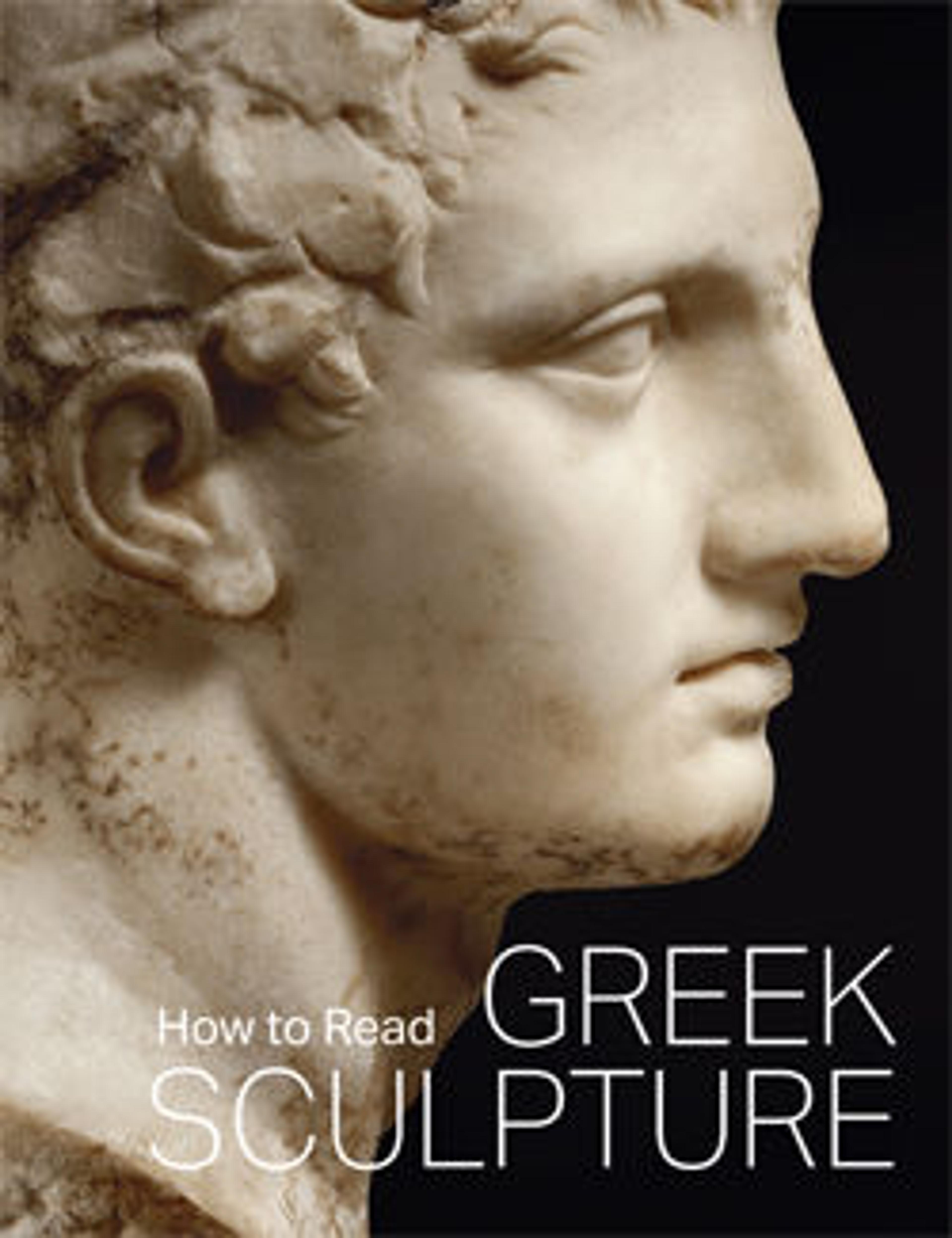English
Bronze statue of Eros sleeping
The Hellenistic period introduced the accurate characterization of age. Young children enjoyed great favor, whether in mythological form, as baby Herakles or Eros, or in genre scenes, playing with each other or with pets. This Eros, god of love, has been brought down to earth and disarmed, a conception considerably different from that of the powerful, often cruel, and capricious being so often addressed in Archaic poetry. One of the few bronze statues to have survived from antiquity, this figure of a plump baby in relaxed pose conveys a sense of the immediacy and naturalistic detail that the medium of bronze made possible. He is clearly based on firsthand observation. The support on which the god rests is a modern addition, but the work originally would have had a separate base, most likely of stone.
This statue is the finest example of its kind. Judging from the large number of extant replicas, the type was popular in Hellenistic and, especially, Roman times. In the Roman period, Sleeping Eros statues decorated villa gardens and fountains. Their function in the Hellenistic period is less clear. They may have been used as dedications within a sanctuary of Aphrodite or possibly may have been erected in a public park or private, even royal, garden.
This statue is the finest example of its kind. Judging from the large number of extant replicas, the type was popular in Hellenistic and, especially, Roman times. In the Roman period, Sleeping Eros statues decorated villa gardens and fountains. Their function in the Hellenistic period is less clear. They may have been used as dedications within a sanctuary of Aphrodite or possibly may have been erected in a public park or private, even royal, garden.
Artwork Details
- Title: Bronze statue of Eros sleeping
- Period: Hellenistic
- Date: 3rd–2nd century BCE
- Culture: Greek
- Medium: Bronze
- Dimensions: 16 1/2 × 14 × 33 9/16 in., 275 lb. (41.9 × 35.6 × 85.2 cm, 124.7 kg)
Height (w/ base): 18 in. (45.7 cm) - Classification: Bronzes
- Credit Line: Rogers Fund, 1943
- Object Number: 43.11.4
- Curatorial Department: Greek and Roman Art
Audio
1462. Bronze statue of Eros sleeping, Part 1
0:00
0:00
We're sorry, the transcript for this audio track is not available at this time. Please email info@metmuseum.org to request a transcript for this track.
Listen to more about this artwork
More Artwork
Research Resources
The Met provides unparalleled resources for research and welcomes an international community of students and scholars. The Met's Open Access API is where creators and researchers can connect to the The Met collection. Open Access data and public domain images are available for unrestricted commercial and noncommercial use without permission or fee.
To request images under copyright and other restrictions, please use this Image Request form.
Feedback
We continue to research and examine historical and cultural context for objects in The Met collection. If you have comments or questions about this object record, please complete and submit this form. The Museum looks forward to receiving your comments.
